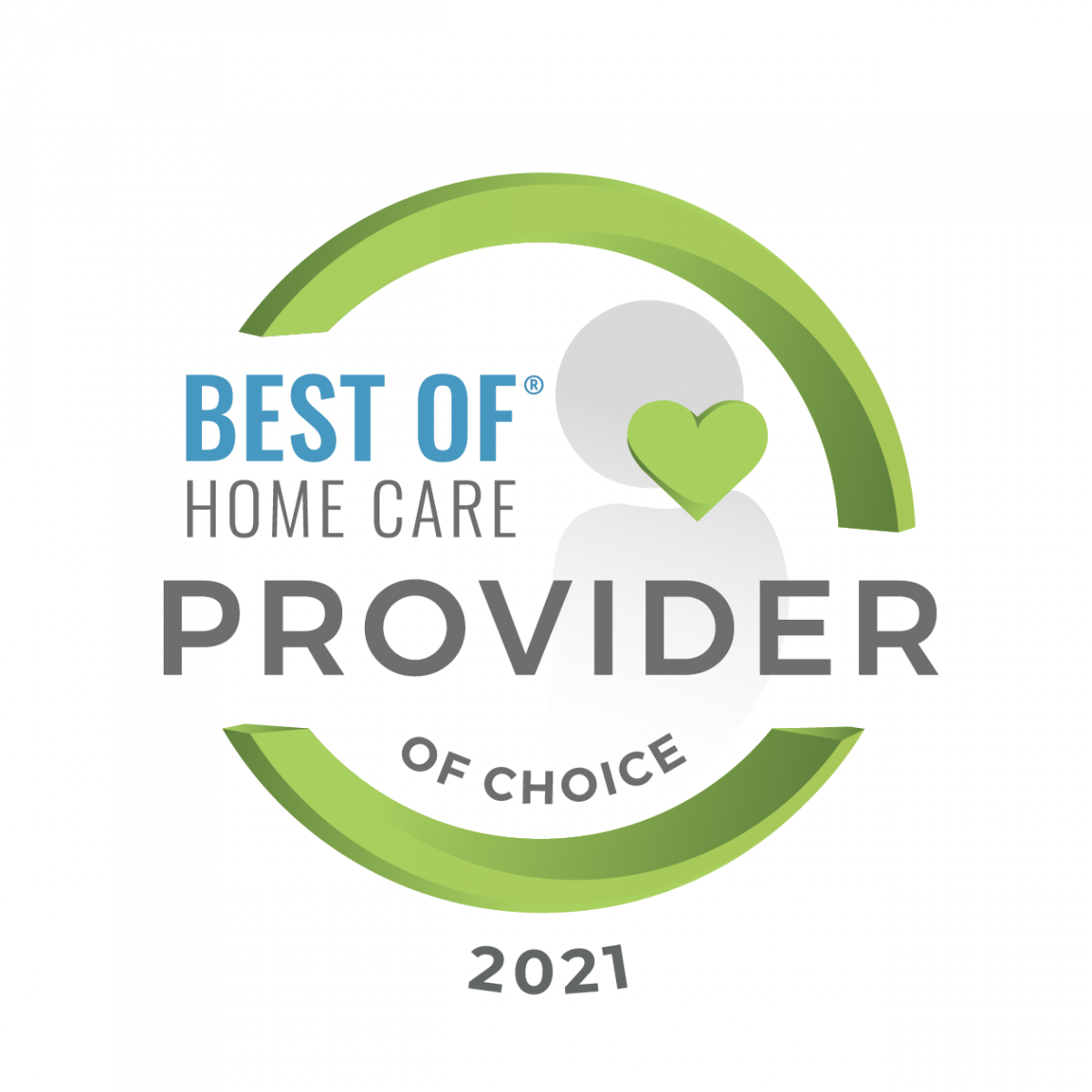In-Home telehealth devices used to help reduce repeat hospitalizations, Emergency Department visits and improve patient outcomes
RUTLAND, VT — With an eye towards improving care for individuals with chronic illness, reducing repeat hospitalizations and improving patient outcomes, the VNA & Hospice of the Southwest Region recently upgraded their in-home telehealth technology so that patients utilizing the system can get a check-up every day in the comfort of their homes. Telehealth provides daily nursing support in addition to regularly scheduled home visits. The new monitors from Resideo (formerly Honeywell), a leading life care solution provider that creates advanced remote monitoring solutions that help improve patient lives with better clinical outcomes and reduced cost.

“The LifeStream Genesis Touch Home Monitoring System by Resideo enables us to deliver high-quality care to our patients by providing us with daily, real-time clinical information regarding trends in their health status,” says Catherine Schneider, MSN, RN Director of Home Care at the VNA & Hospice of the Southwest Region.
In-home telehealth uses telecommunications devices, about the size of a computer tablet allow the patient and clinician to monitor weight, blood pressure, oxygen saturation, glucose, and level of pain. The technology brings benefits to both patients and health care professionals and has a significant impact on patient care and quality of life.
“The technology allows for early intervention when a health problem is detected, helping reduce emergency room visits and hospitalizations,” explains Schneider. “It also enables us to better communicate with the patient’s physician by providing them with real time data as needed.”
[quote]The LifeStream Genesis Touch Home Monitoring System by Resideo enables us to deliver high-quality care to our patients by providing us with daily, real-time clinical information regarding trends in their health status[/quote]
[quote]Telehealth has proven to be vital to managing patients with chronic health conditions, such as congestive heart failure (CHF), chronic obstructive pulmonary disease (COPD), diabetes, high blood pressure, and other illnesses.[/quote]
When patients’ vital signs are taken daily, irregularities can be caught before they become full-fledged problems. Daily monitoring is a pro-active approach that helps eliminate gaps of information that typically occurs between home visits. Patients also become more engaged in their own health and learn to understand the effects diet, activity and other factors have on their health.
The system allows clinicians to program the device to ask the patient disease or illness specific questions such as, “Have you been experiencing dizziness or loss of balance recently?” The data is then transmitted via an internet connection for review by VNA & Hospice of the Southwest Region clinicians. Each patient has a pre-programmed set of limits for their individual vital sign readings. If those limits are surpassed, an alert appears on the computer screen. This allows the clinician to quickly prioritize which patients require first response. With this system, healthcare professionals can detect and address even the slightest abnormalities before they become serious.

“In keeping with our mission to enhance the quality of life of our patients and to provide the highest quality of care to our patients, we chose the Resideo LifeStream monitors for their leading edge technology and solutions,” said Ron Cioffi, RN and Executive Director of the VNA & Hospice of the Southwest Region. “Telehealth has proven to be vital to managing patients with chronic health conditions, such as congestive heart failure (CHF), chronic obstructive pulmonary disease (COPD), diabetes, high blood pressure, and other illnesses.”
A pilot program in Vermont using Resideo Life Care solutions showed a 21% decrease in hospitalizations and a 31% decrease in Emergency Room visits.
“For both our patients and the physicians who manage their care, our goal is to help our patients learn to better their health and gain independence and to provide physicians with vital information about their patients,” added Cioffi. “We want to empower our patients with the information they need to remain safely at home and to work seamlessly with our community partners.”
[quote]For both our patients and the physicians who manage their care, our goal is to help our patients learn to better their health and gain independence and to provide physicians with vital information about their patients.[/quote]






